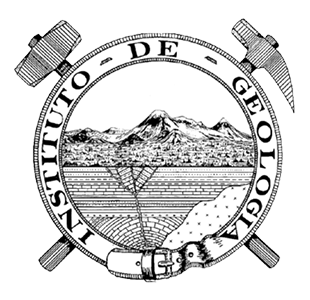Abstract
In the active San Agustín del Maíz geothermal zone (Michoacán), we identified silica-sinter deposits co-existing with hot springs. Considering the deposition mode, these deposits are separated into fracture-banded and bedded deposits. The first ones are associated with deposition on the channels from the fluids rising to the surface, while the second ones are formed from the geothermal fluids that reached the surface. The bedded deposits showed different types of lithofacies grouped in a range with two endmembers: on the one hand, a pure silica-sinter deposit characterized by high density, glassy aspect and being consolidated. On the other hand, a silty-sandy deposit, that easily disaggregate, presenting impression of plants and lithics. The vitreous deposit is considered geyserite, formed from fluids with temperatures superior to 70 °C, while the silty-sandy deposits are formed from fluids with temperatures below 70 °C and, in some cases, far away from the water source. The geyserite deposits are mineralogically composed only by opal (C and CT), while the silty-sandy deposits are formed by opal in association with other mineralogical phases (linked to sediments). Consequently, we recognized that the lithofacies and the mineralogy of the silica-sinter deposits give information of the temperatures and deposition rates of the parental fluids. This information could be very useful in order to identify setting where existed grater geothermal up flow and temperature (e.g. geiserite facies) in areas with similar geological context to San Agustín del Maíz (e.g. central sector of the Cinturón Volcánico Trans-Mexicano). These sceneries can be associated to structural settings like fault intersections, fault-tips and relay-ramps.

This work is licensed under a Creative Commons Attribution 4.0 International License.
Copyright (c) 2020 Emmanuel Olvera-García, Víctor Hugo Garduño-Monroy, Mikhail Ostrooumov, Gerardo Bermejo-Santoyo, Jorge Alejandro Guevara-Alday, Andrea Brogi, Domenico Liotta












